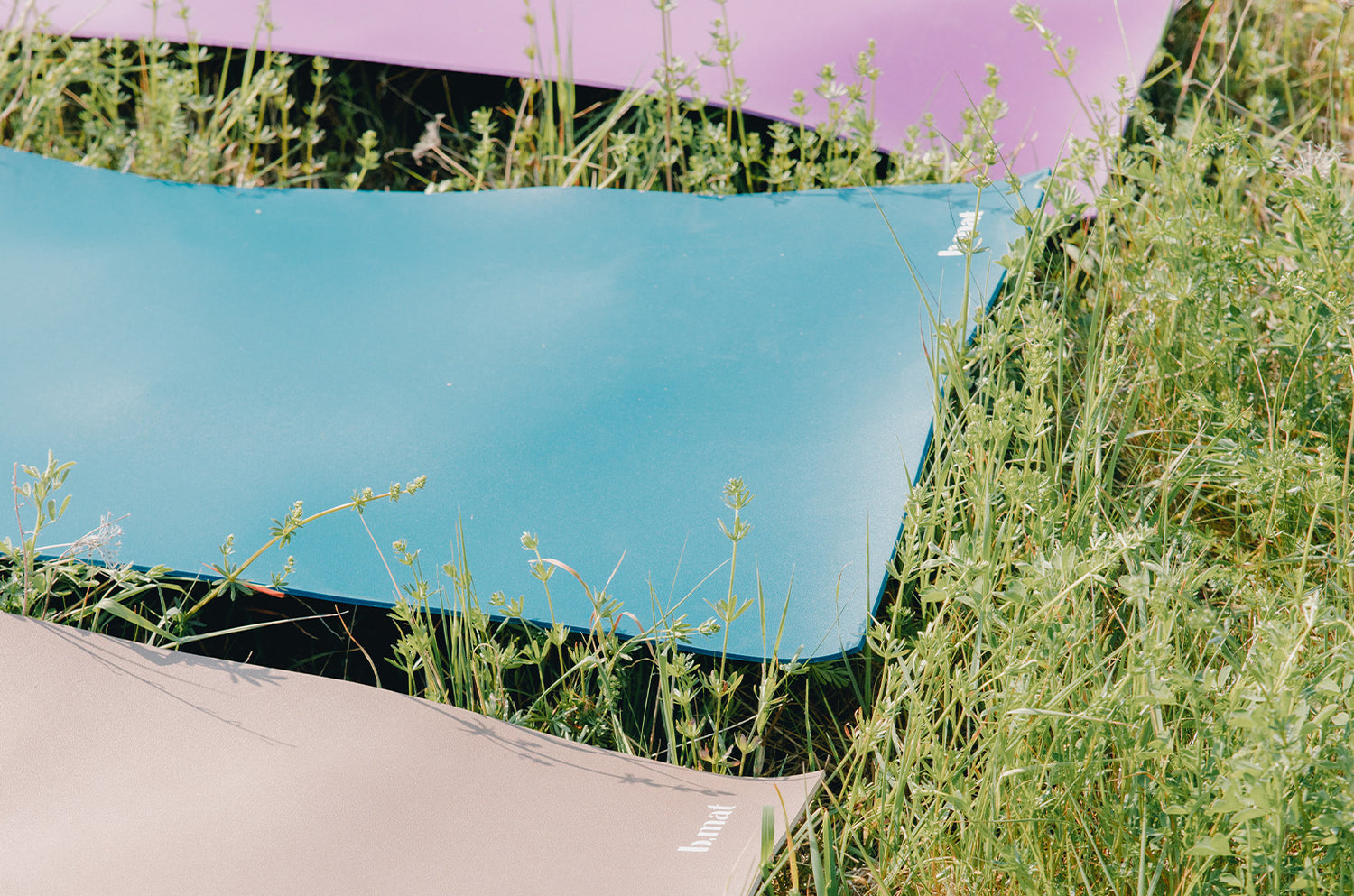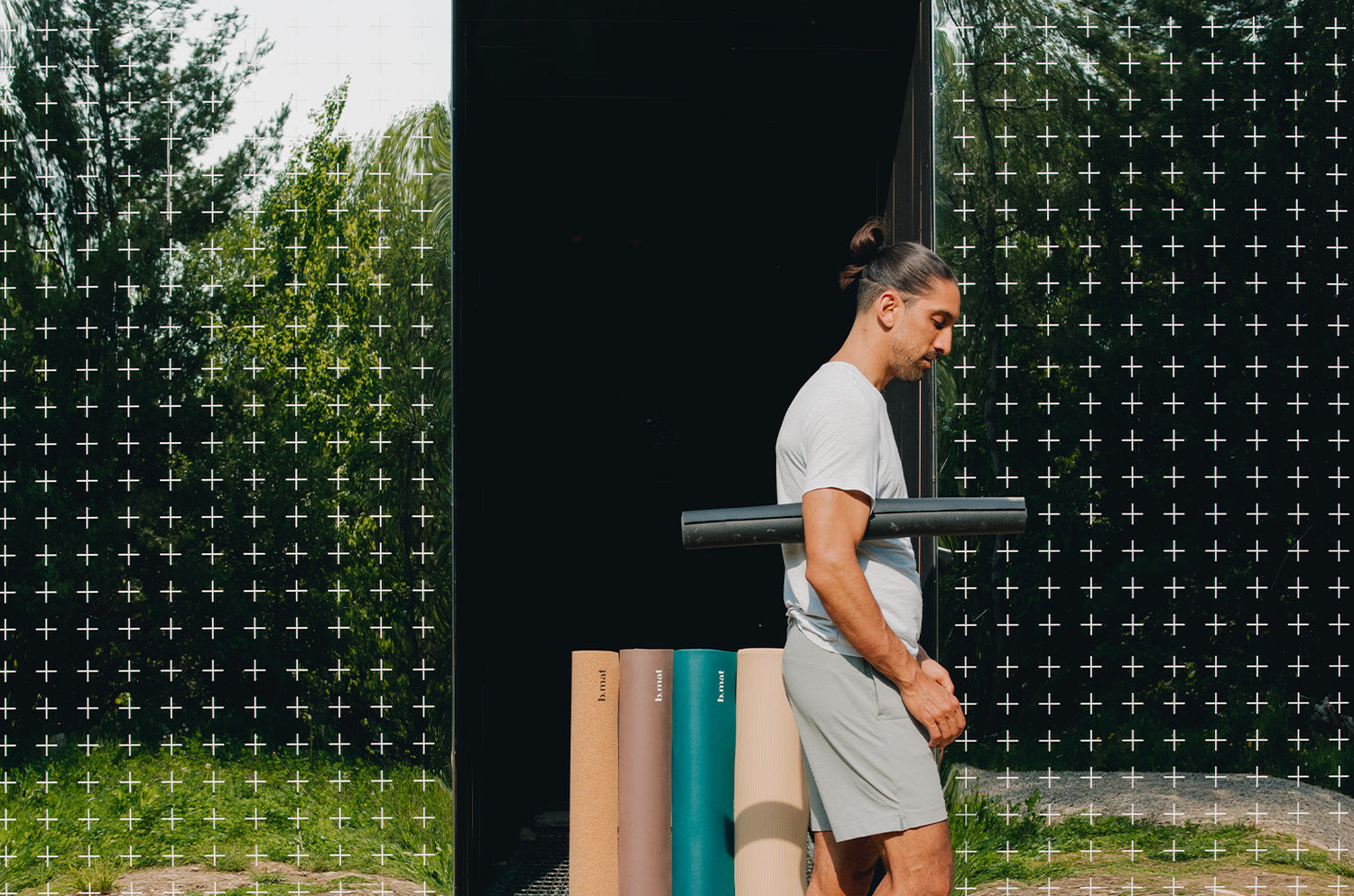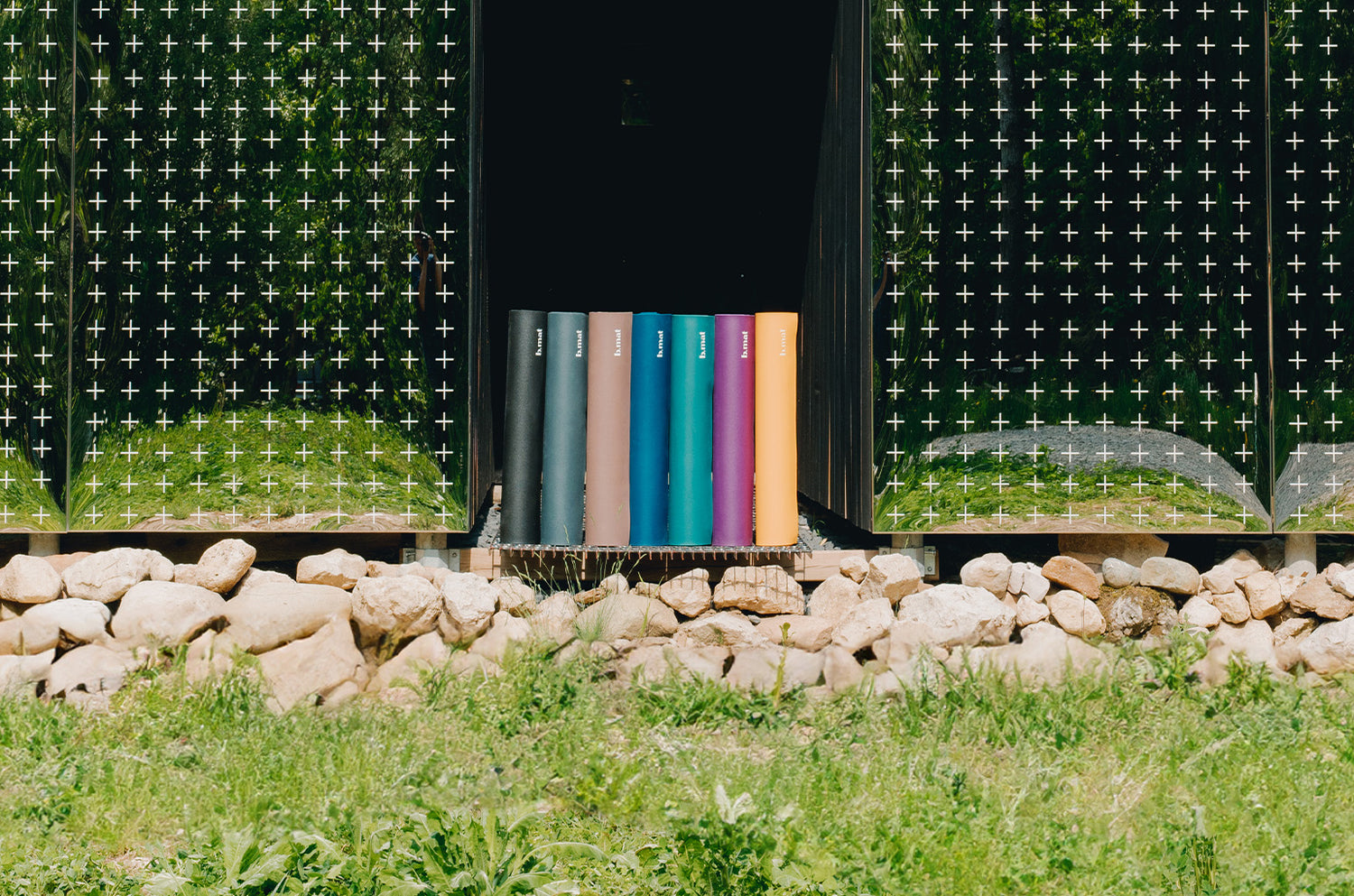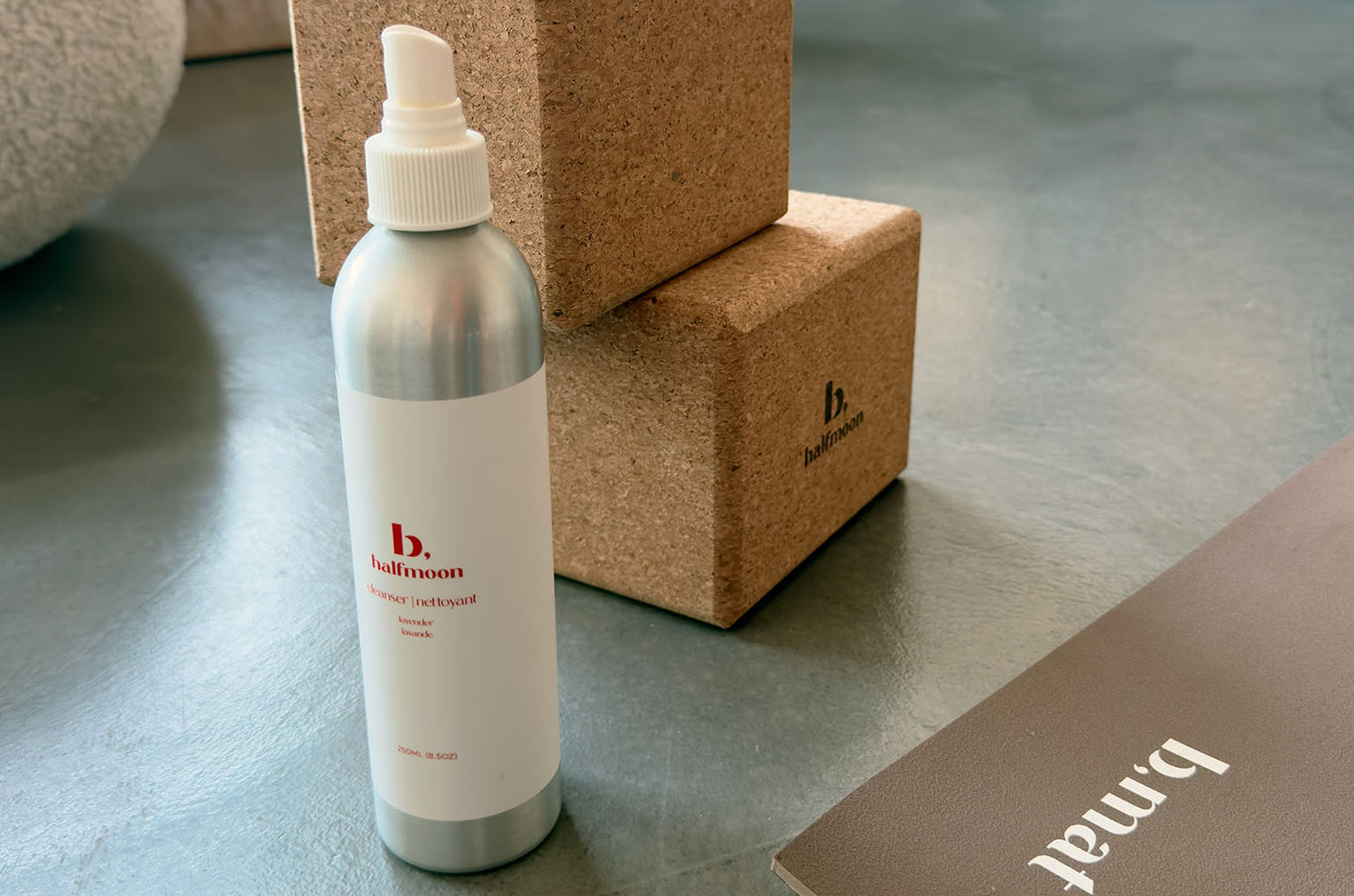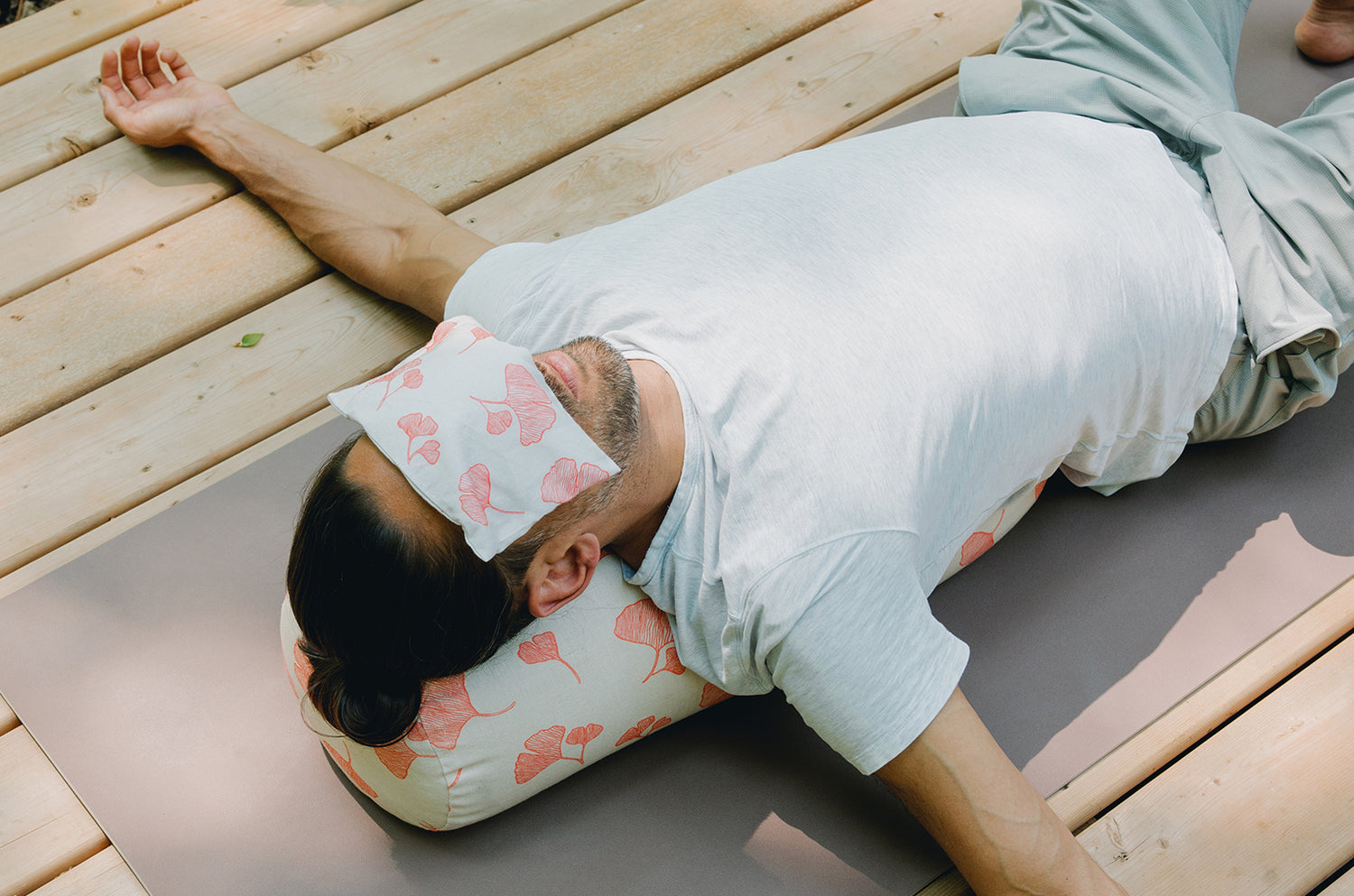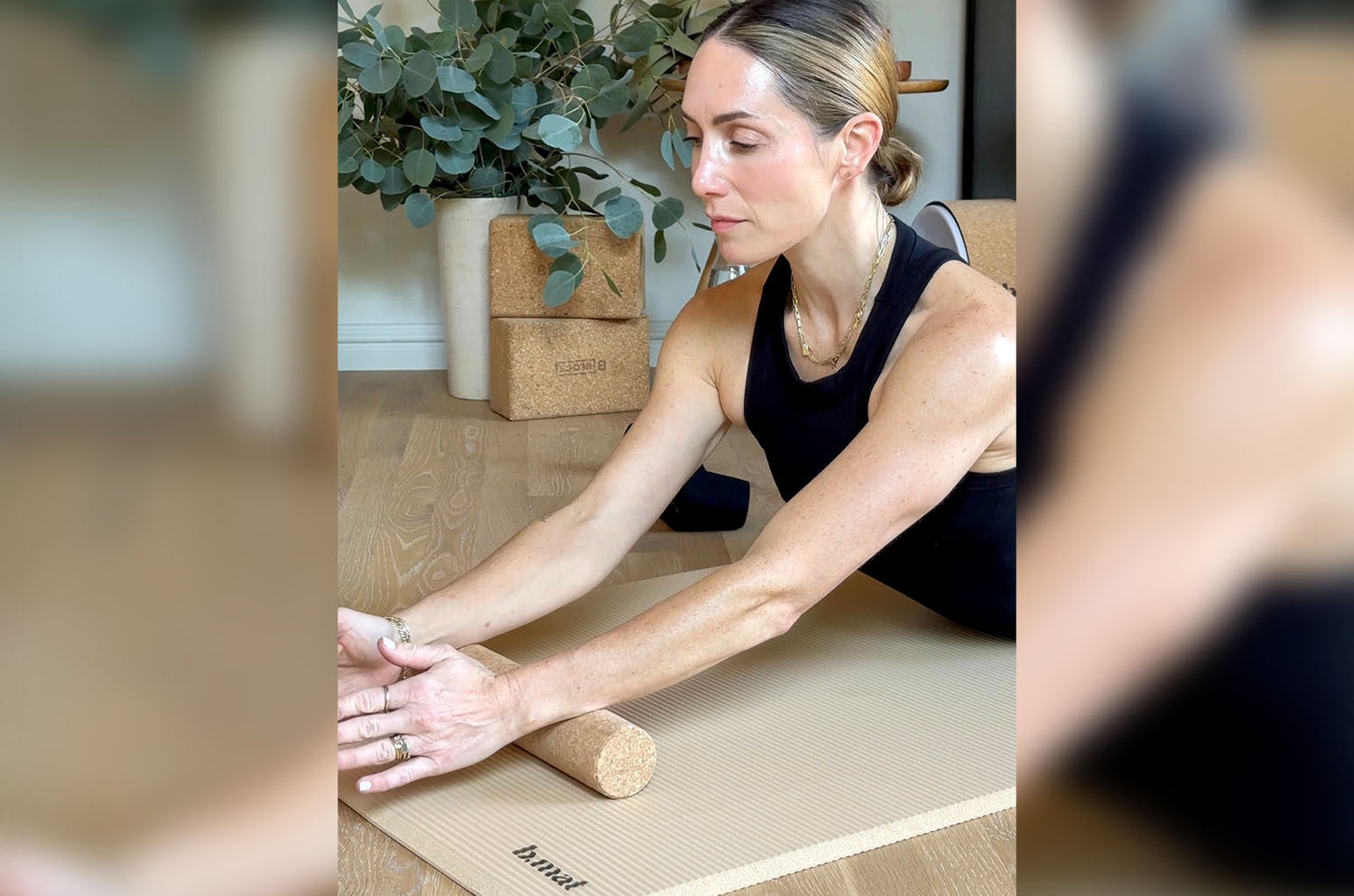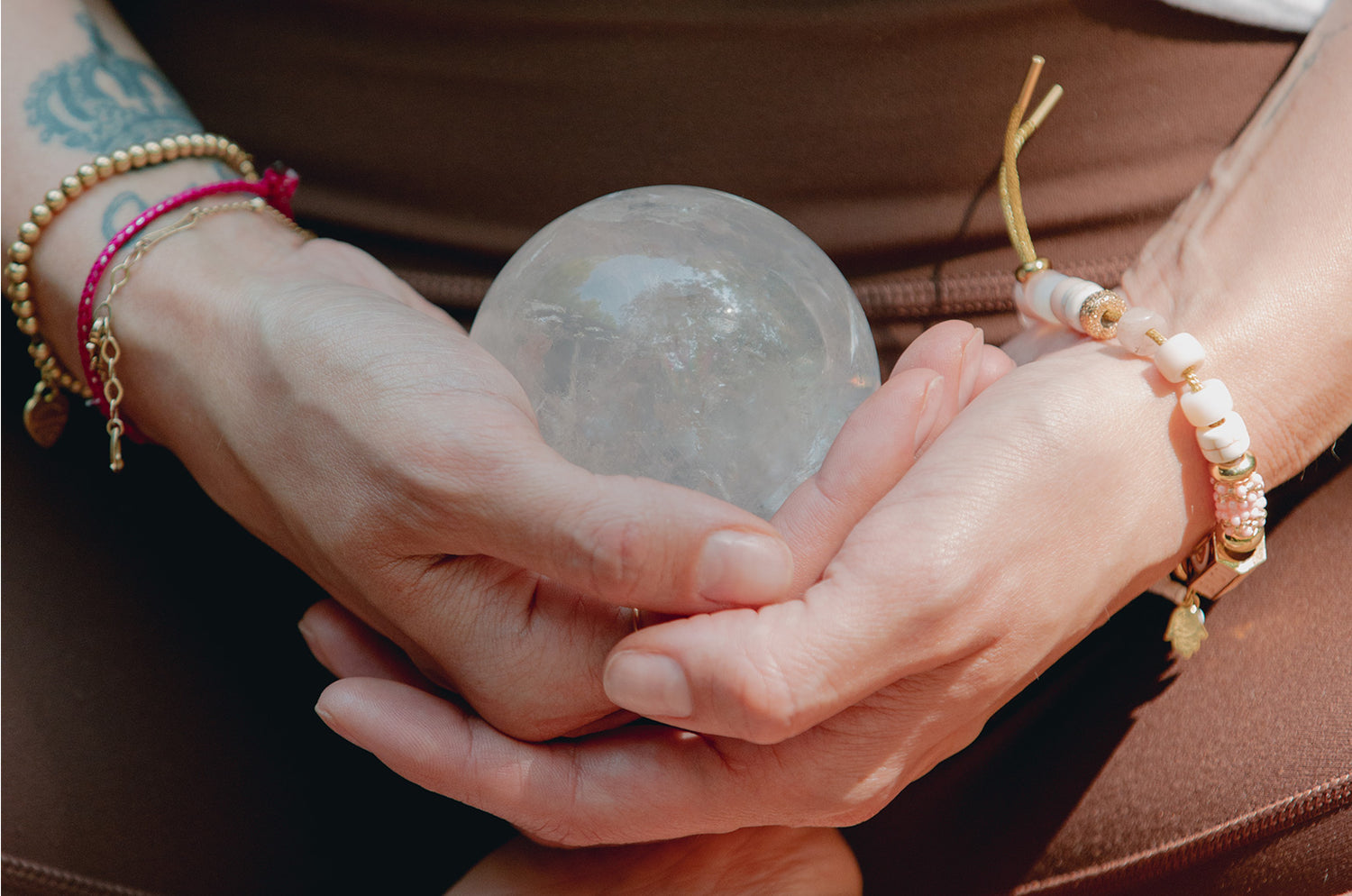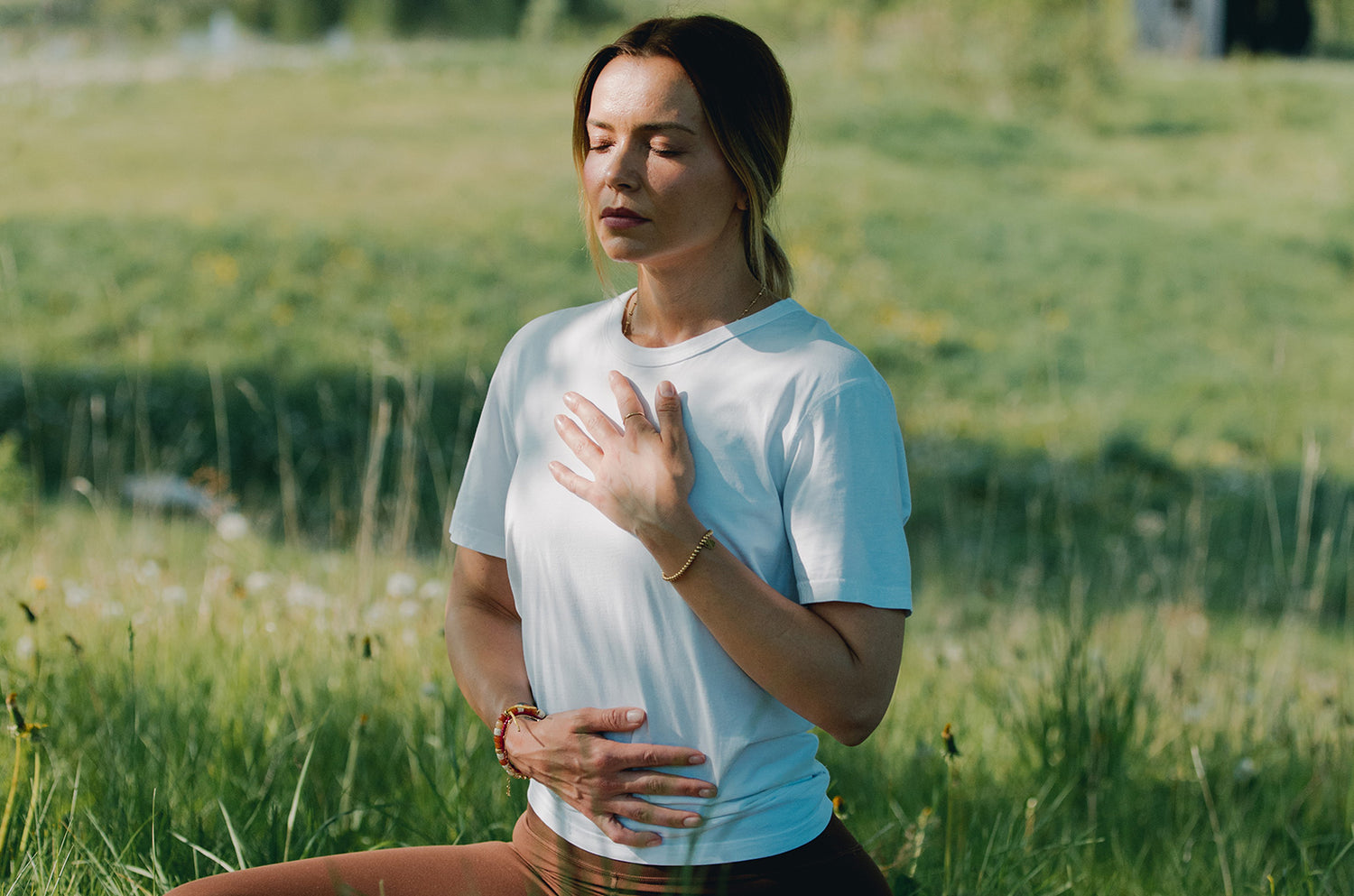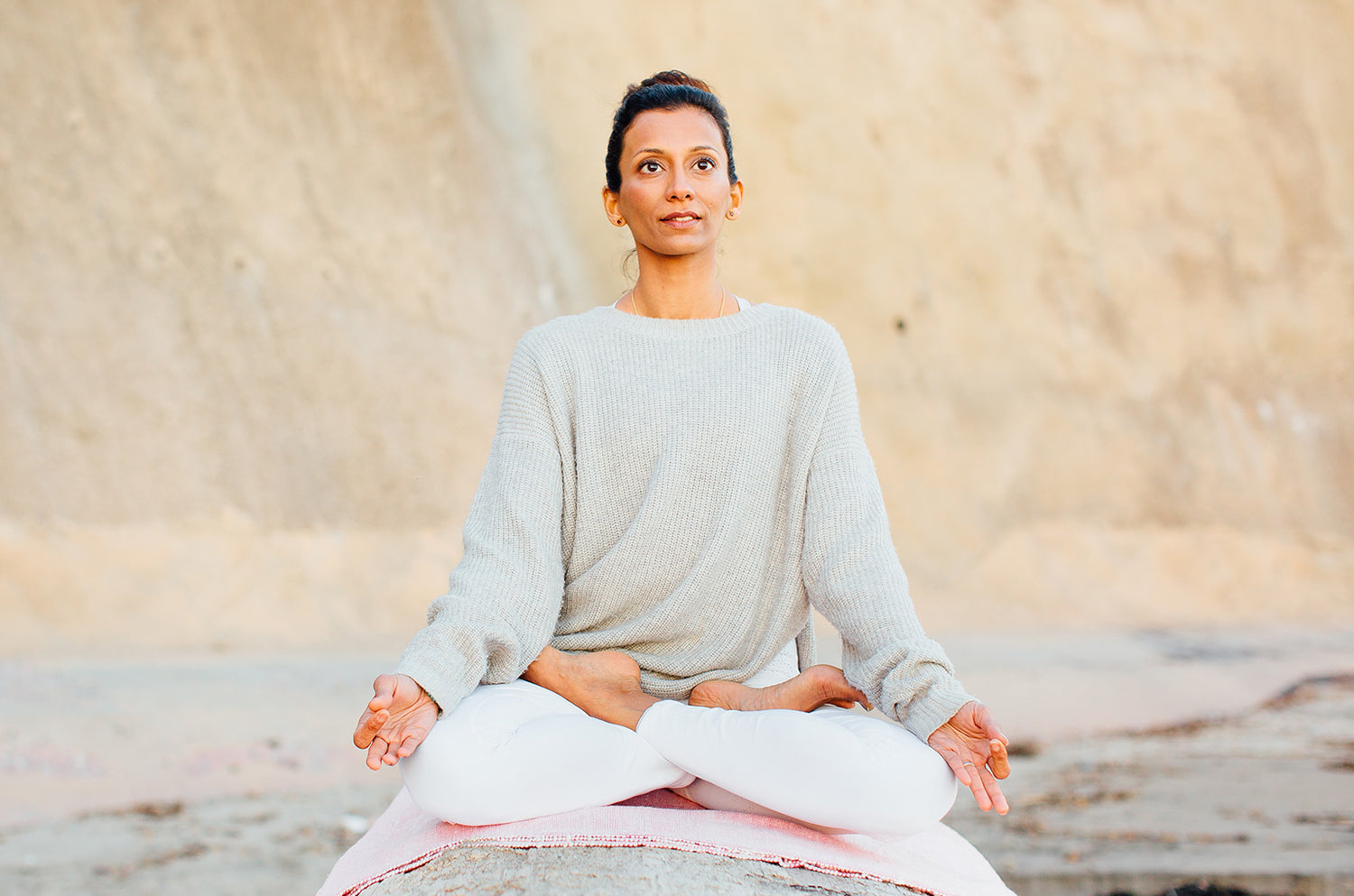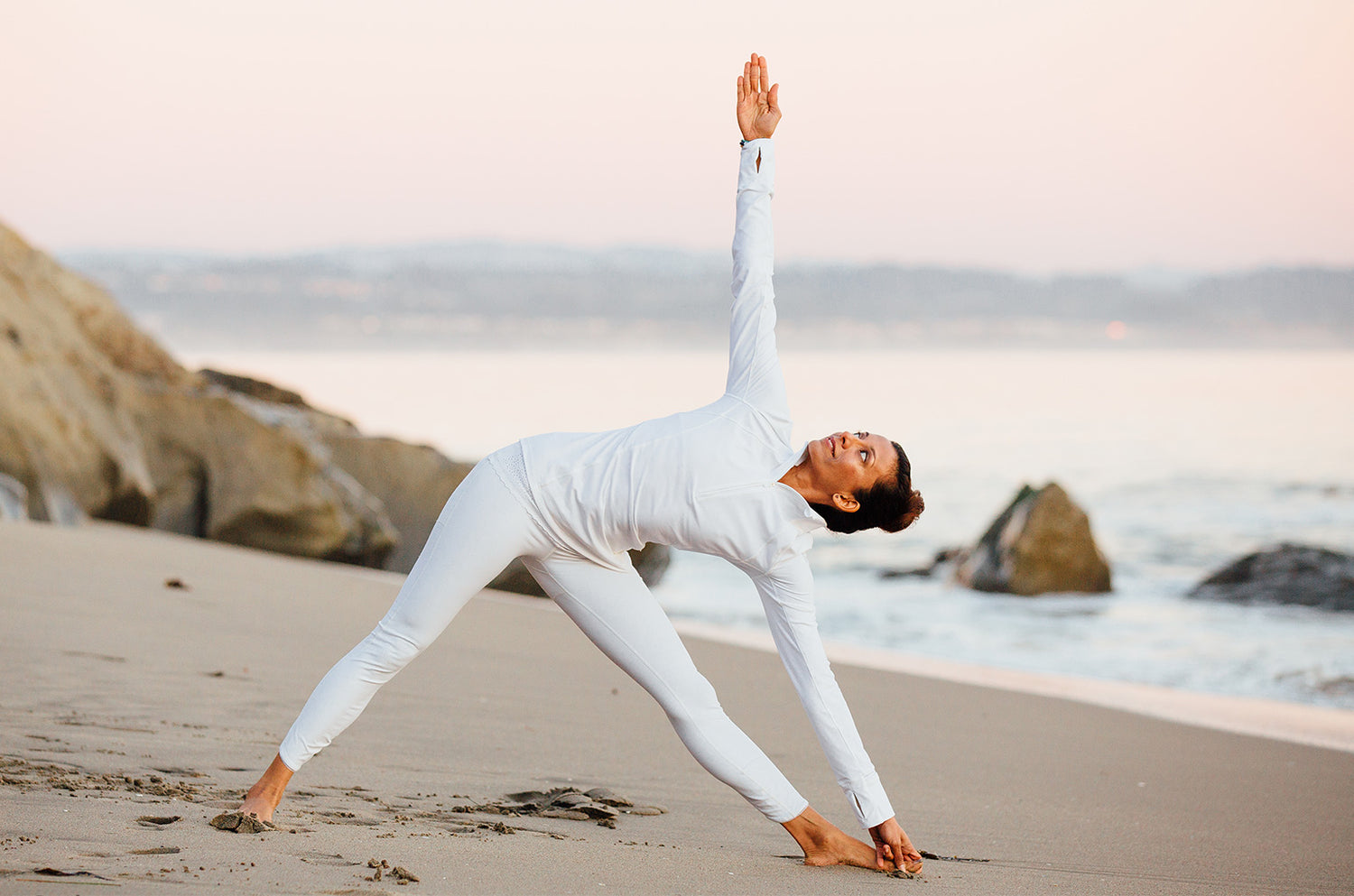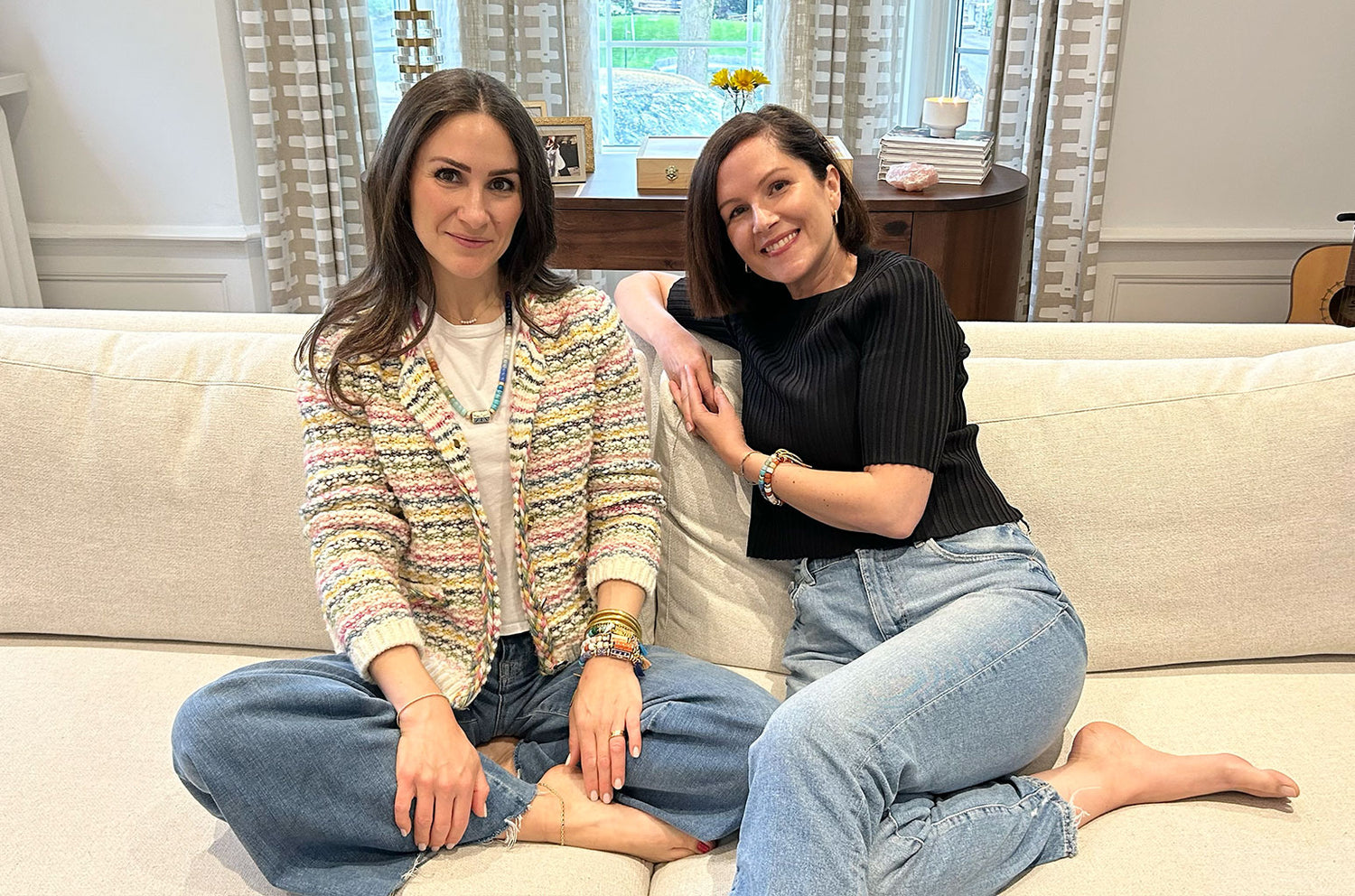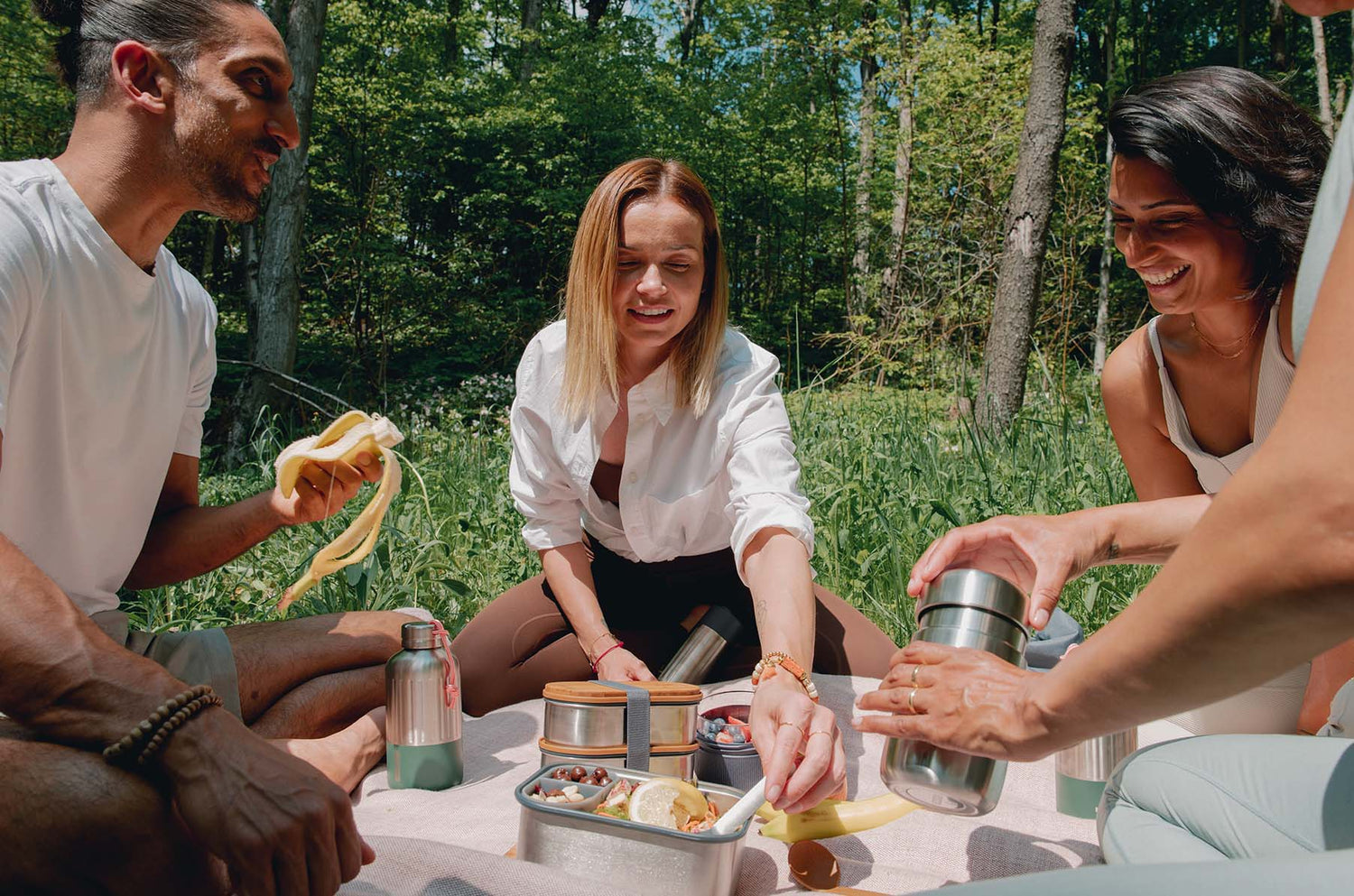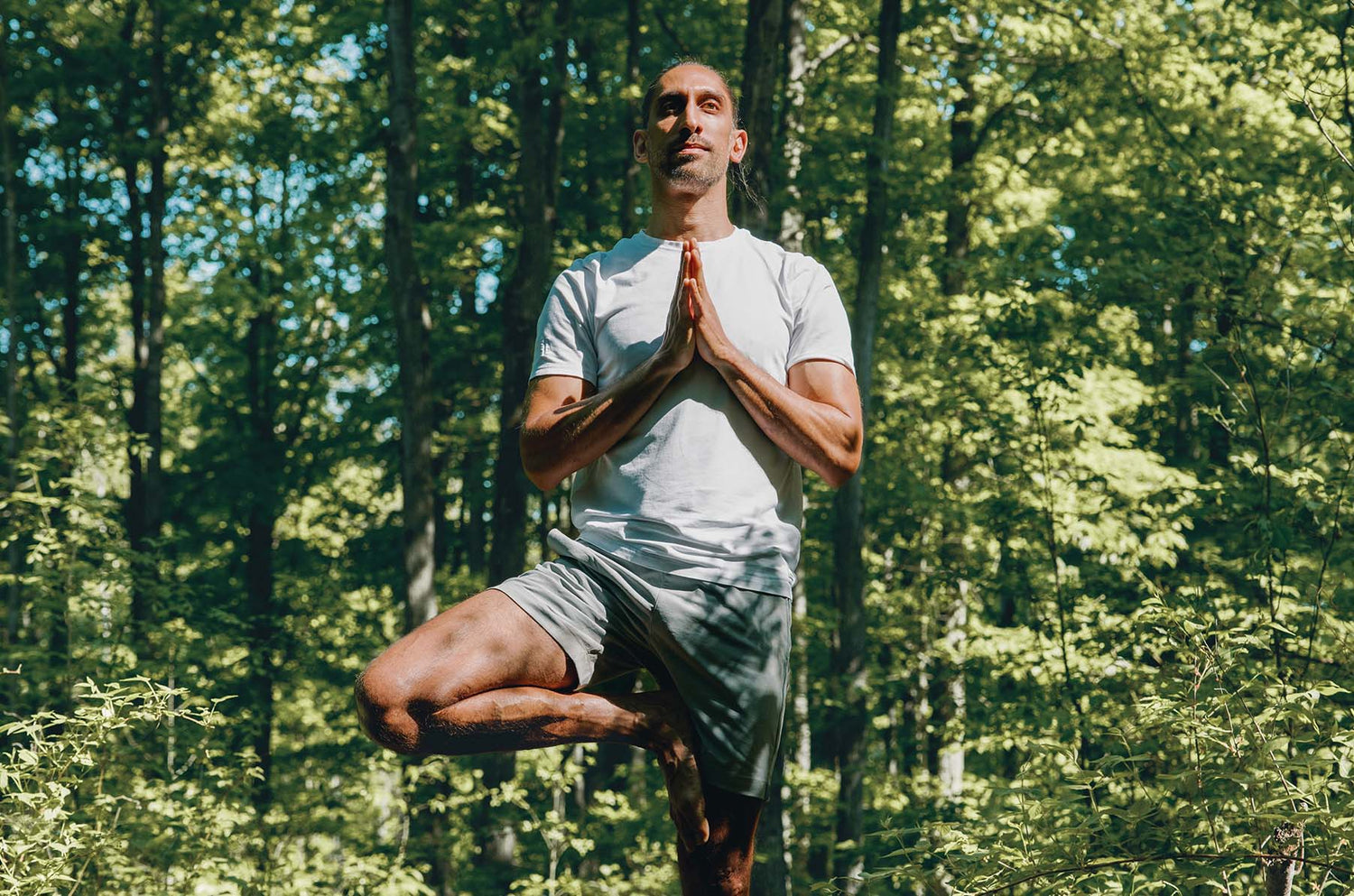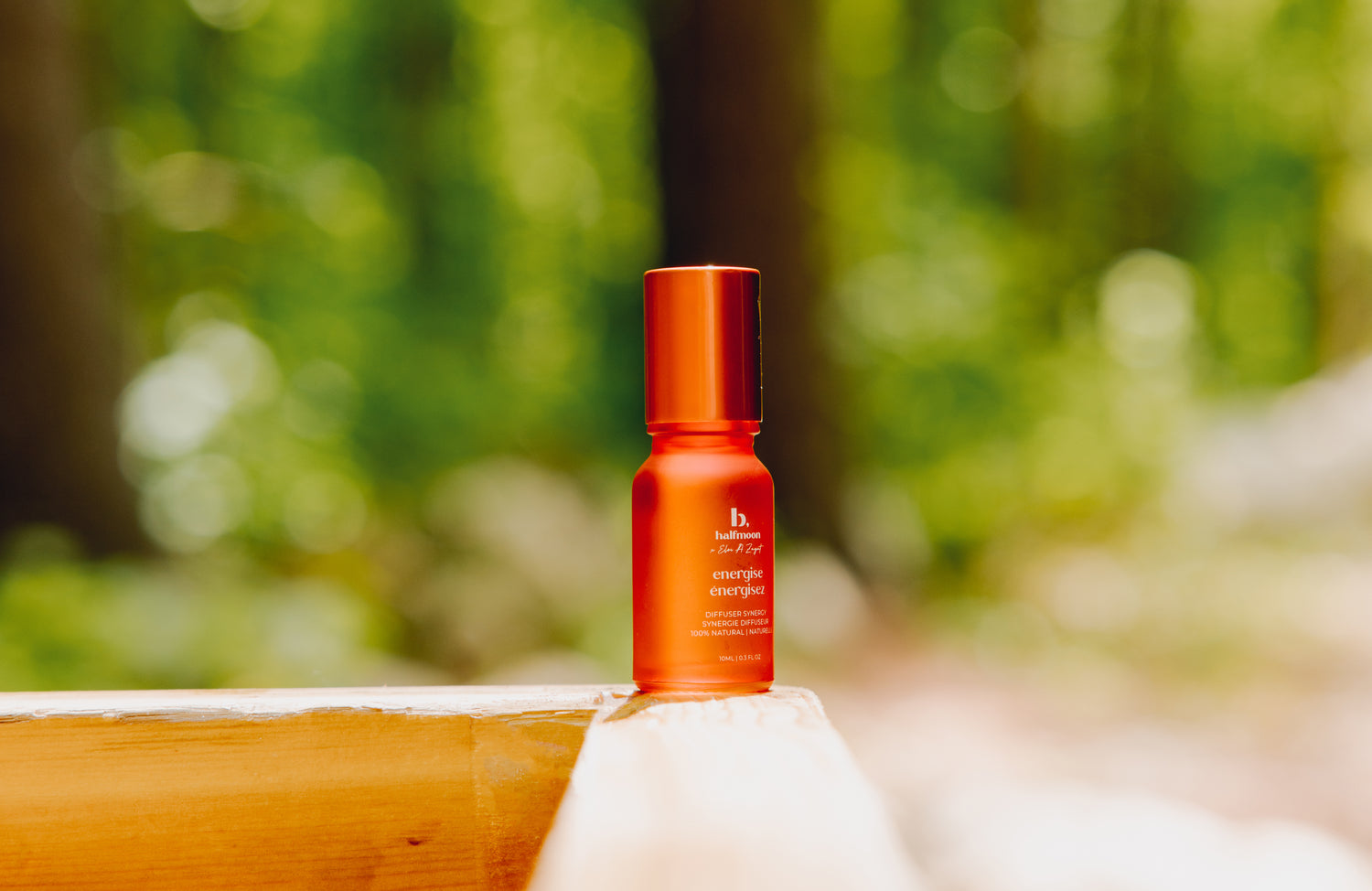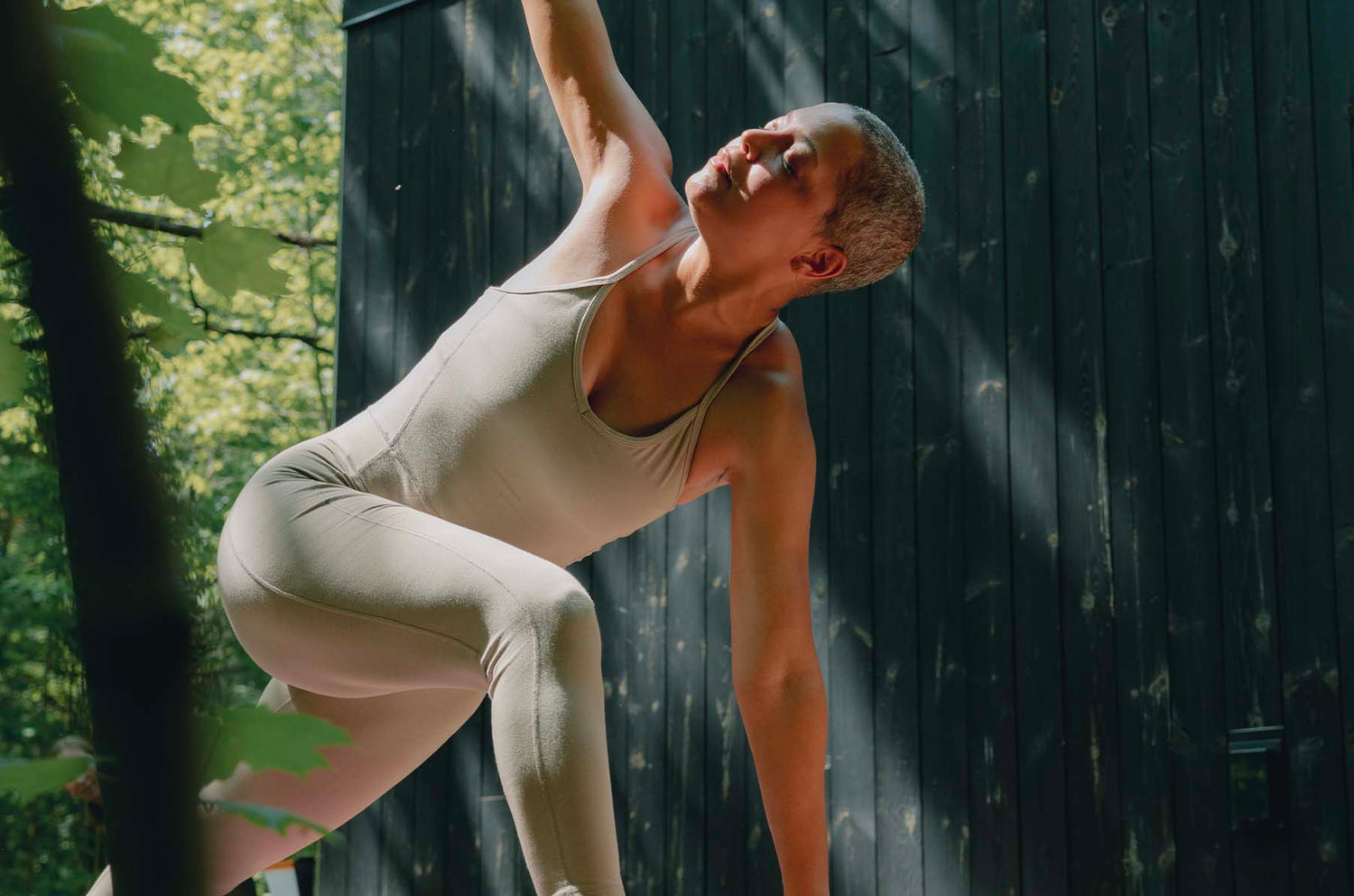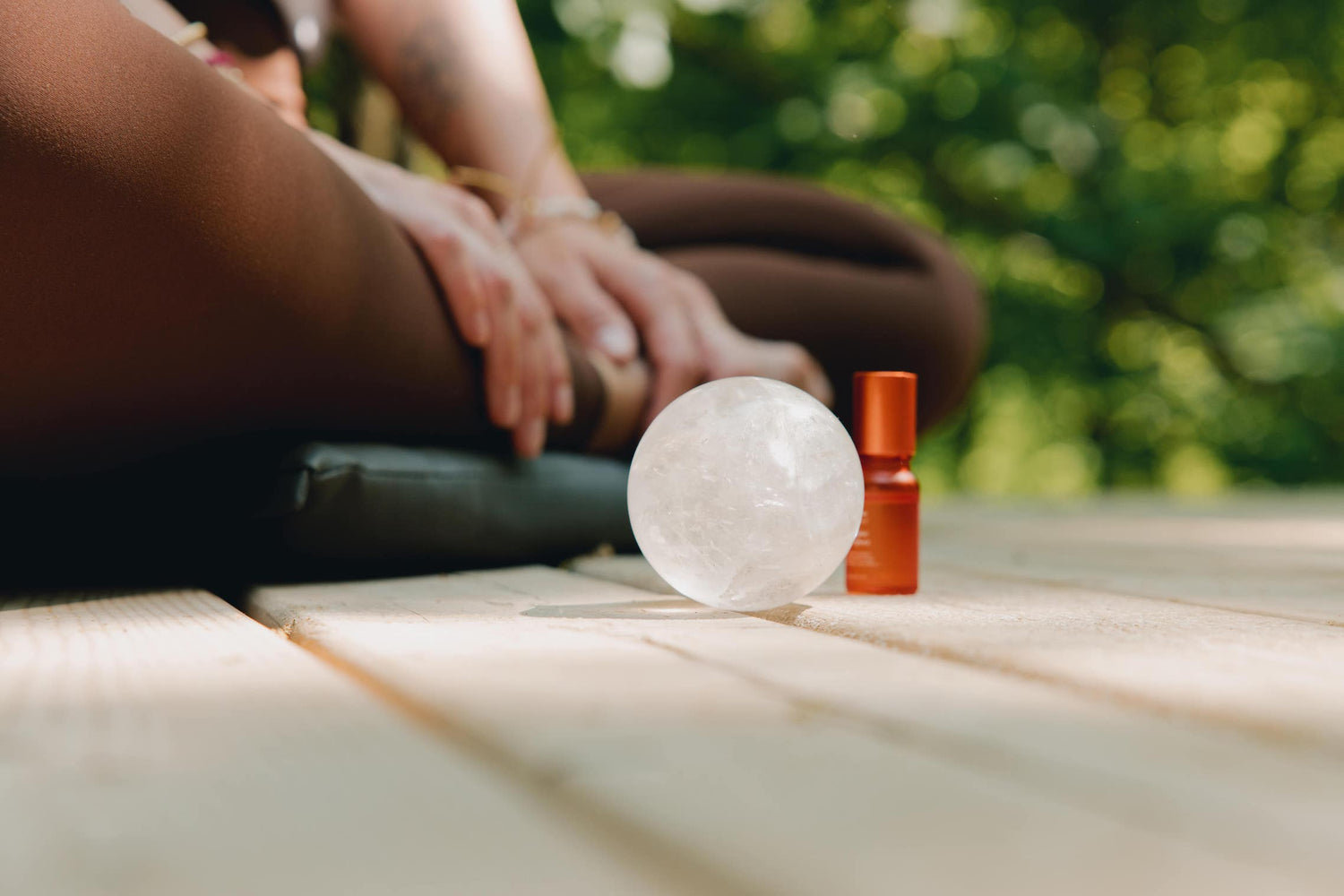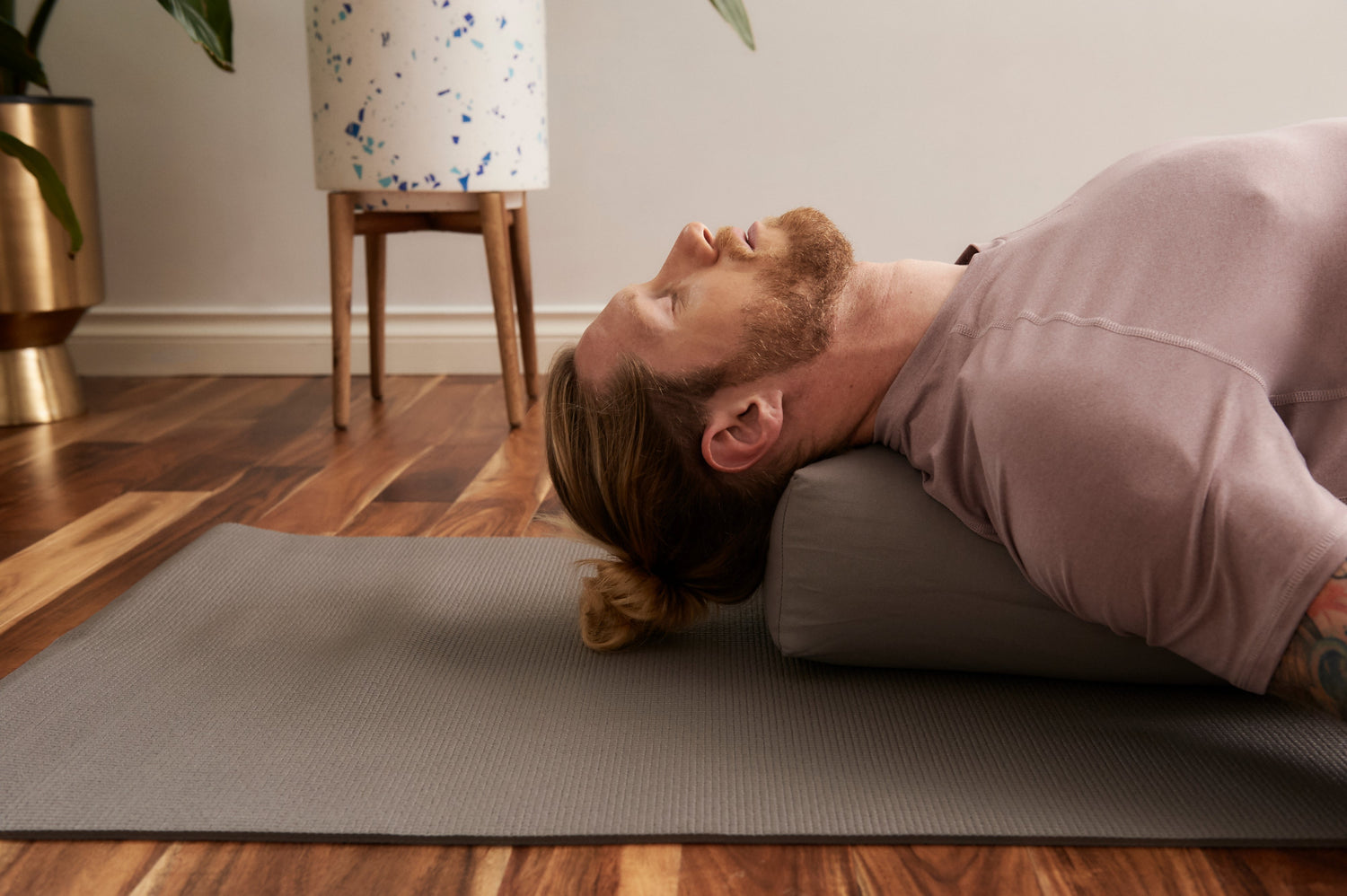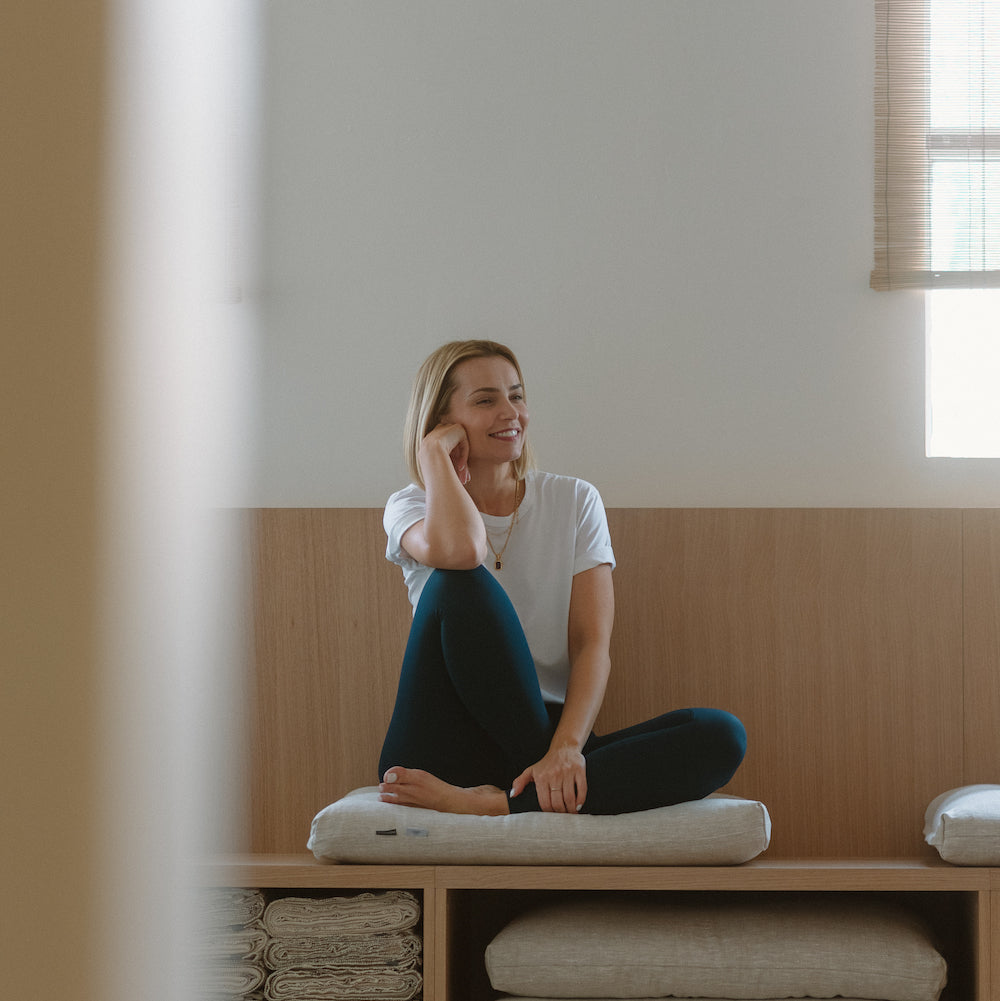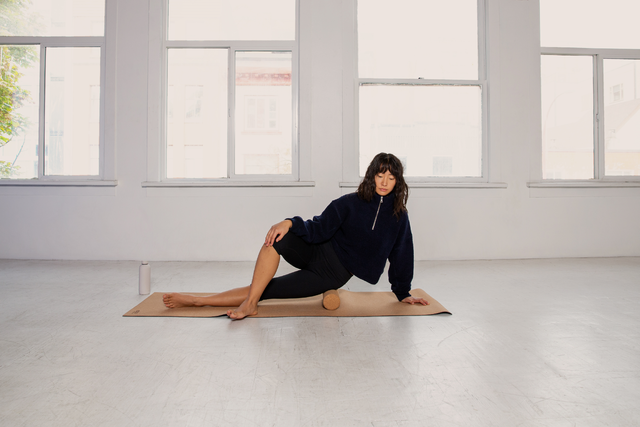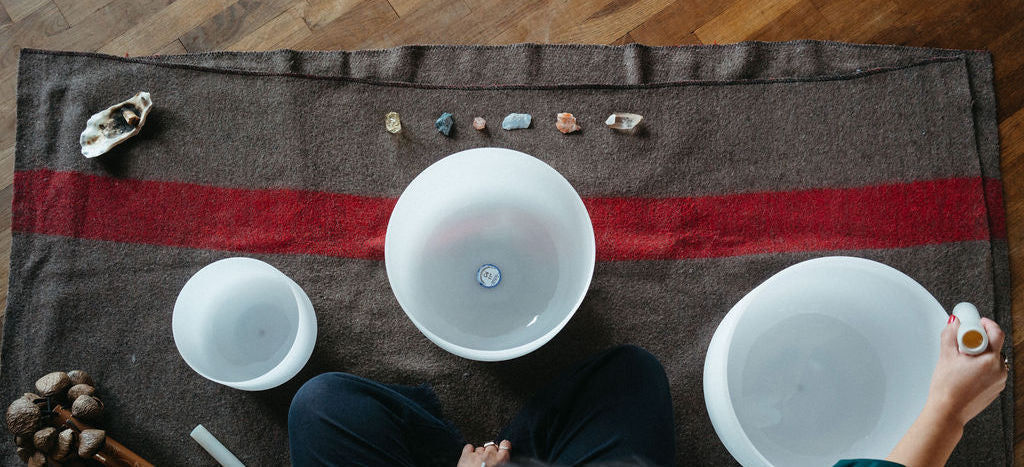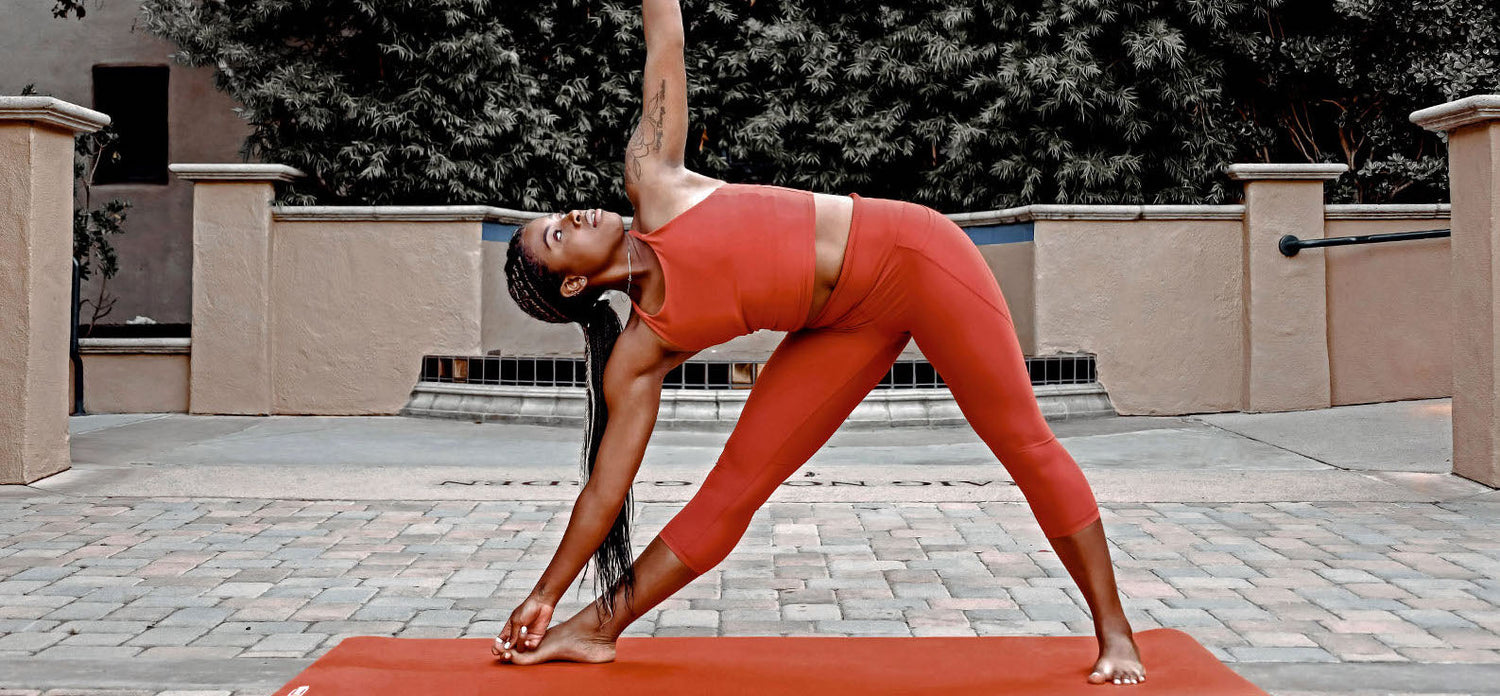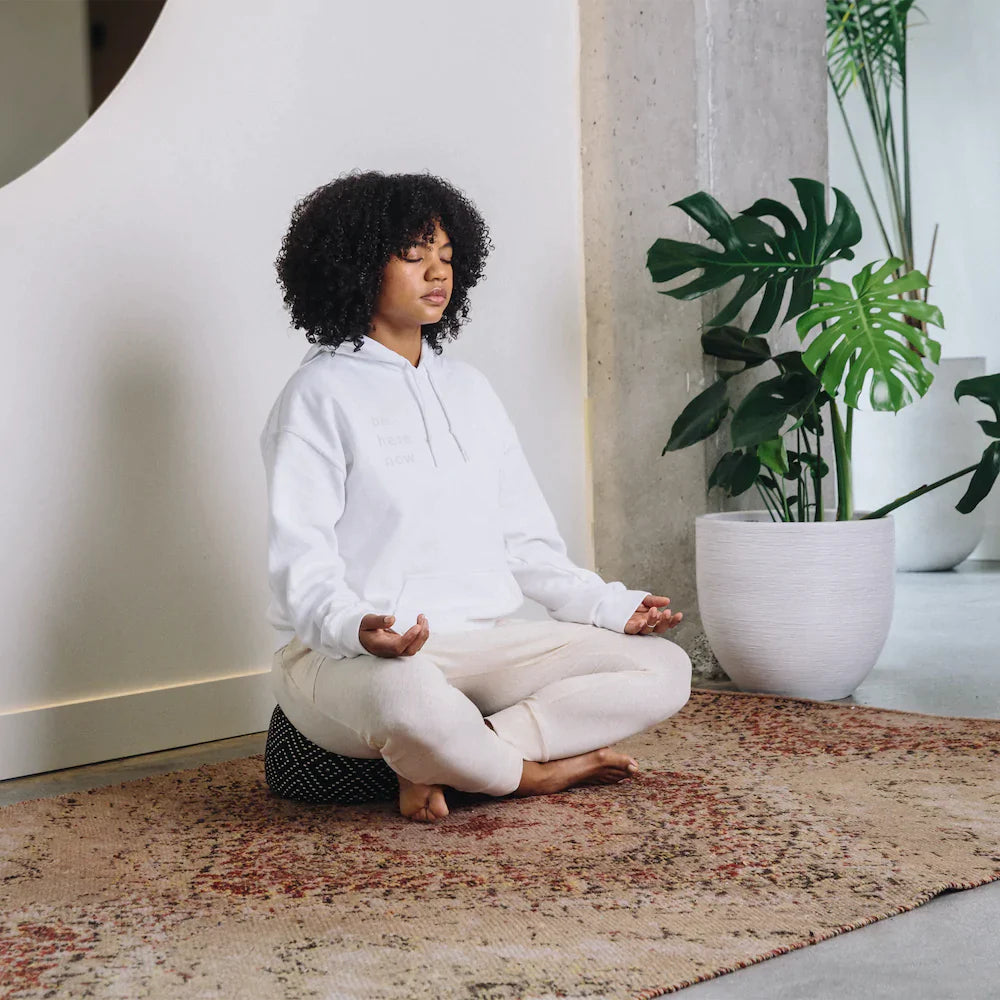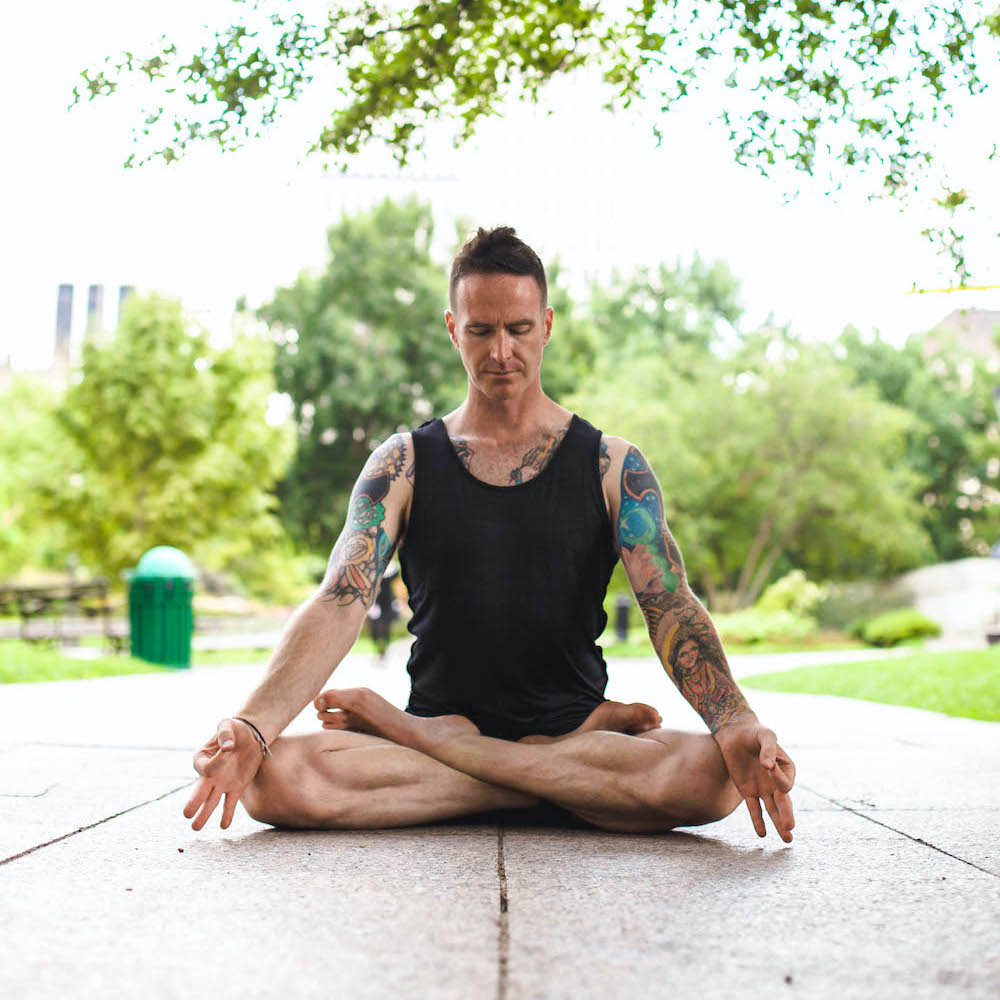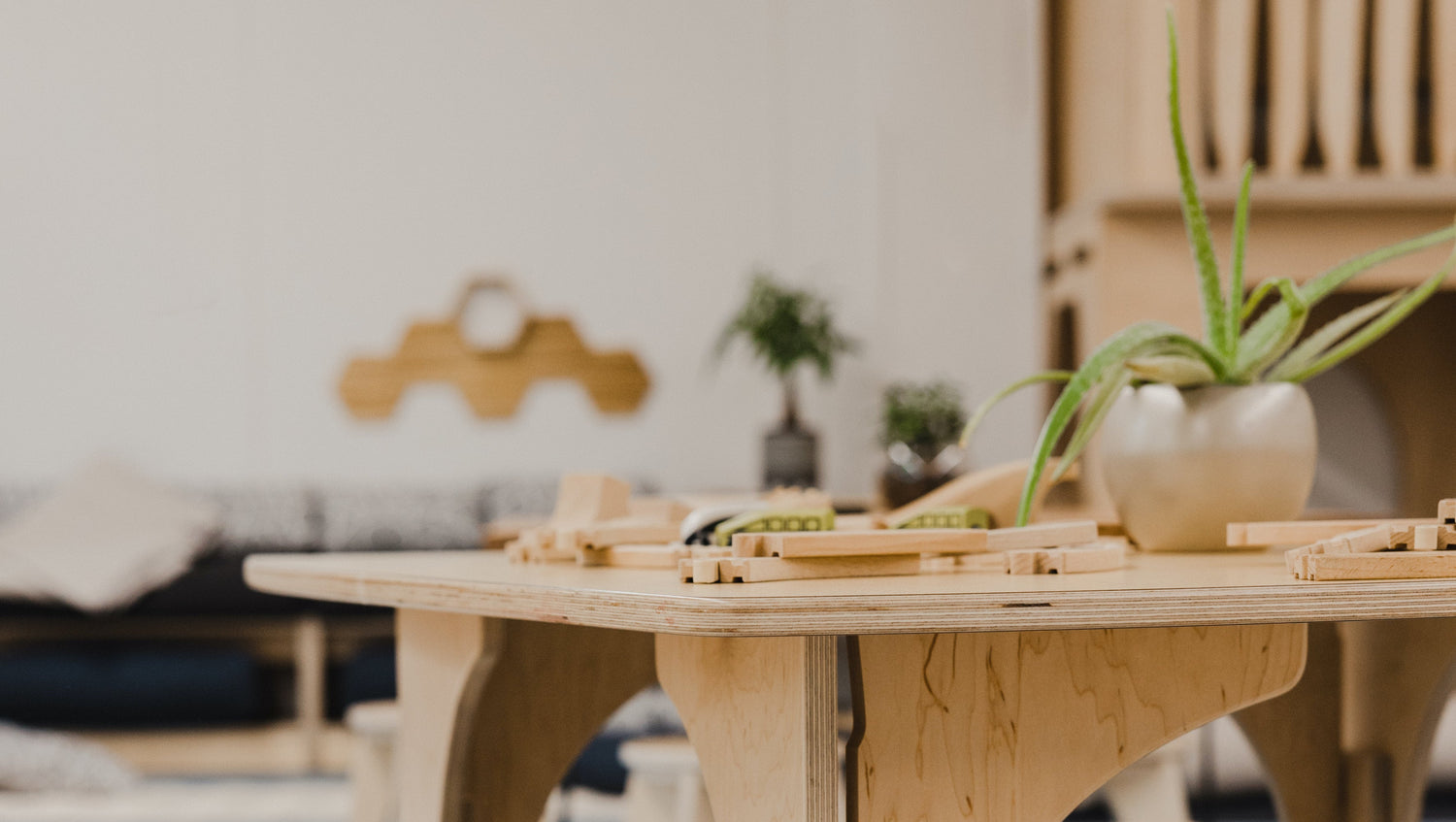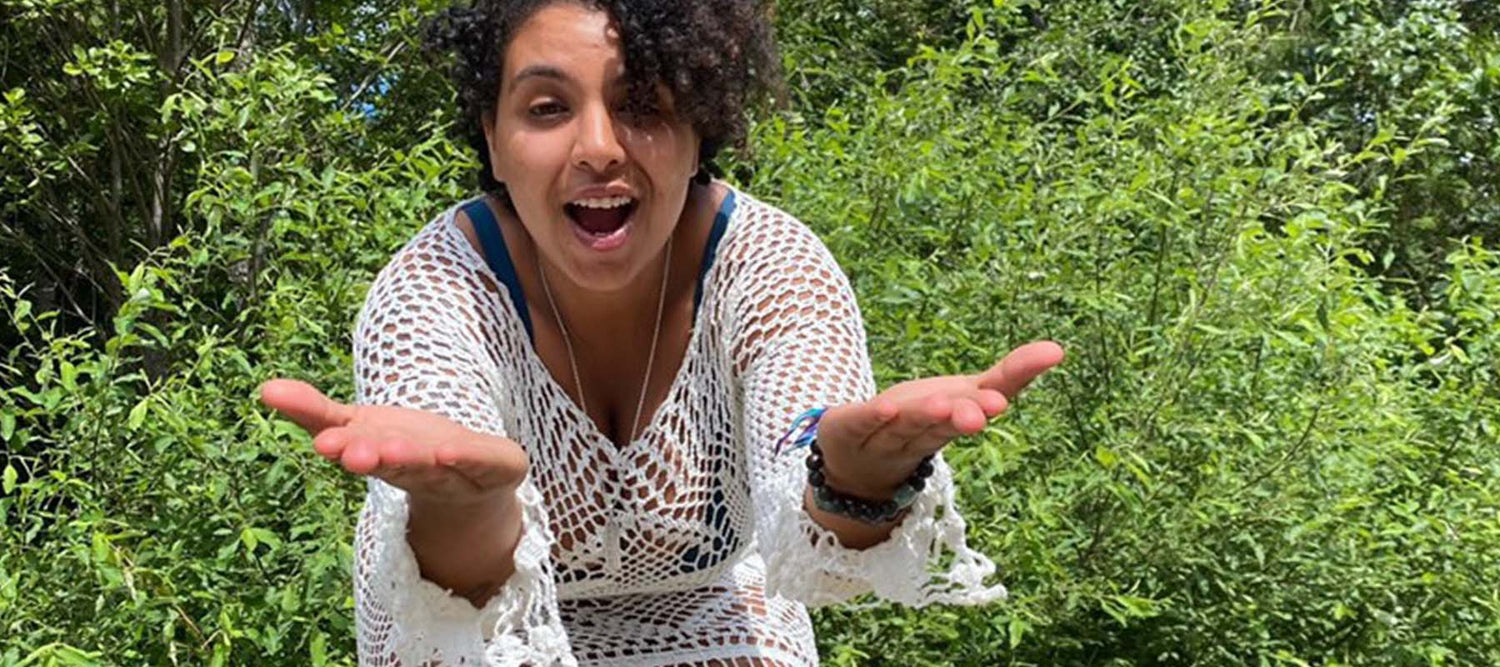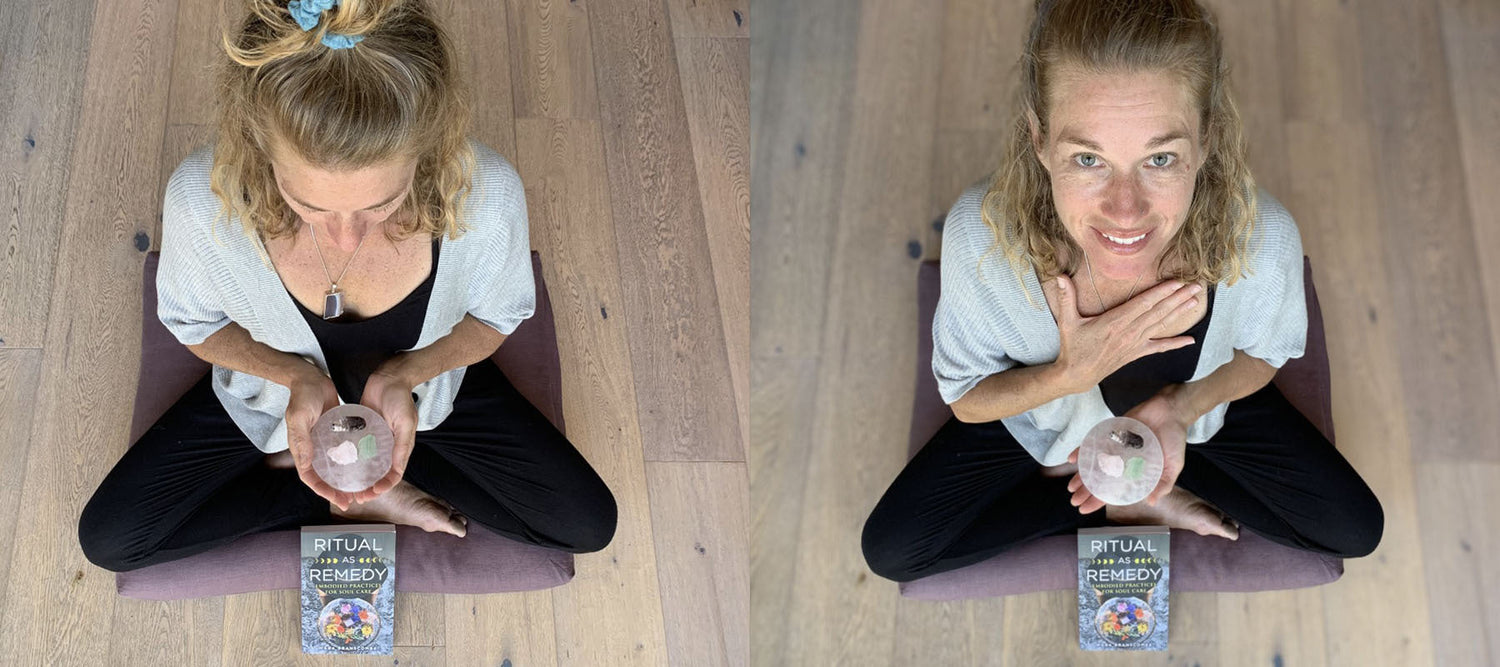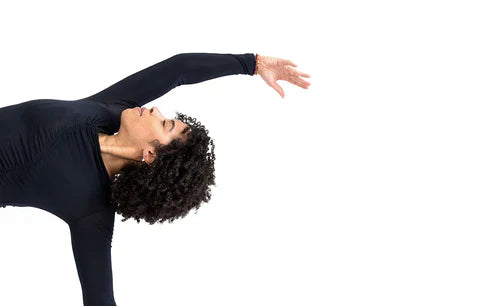Ever feel like life and time are moving faster than you are?
Between the constant pull of work, relationships, and trying to keep up, it can feel like there’s no space left to prioritize you. Creating moments of pause doesn’t always come naturally, especially when our minds race to a never-ending to-do list. The truth is, even though many of us know the toll that a fast-paced life can take on our bodies and minds, we often find ourselves caught in the rush.
In this guide, we’ll explore the art of slowing down, why it matters, and how small actions can impact your everyday life.
why slowing down matters
Here’s the thing: the art of slowing down isn’t just about relaxation—it’s essential for our physical, mental, and emotional health. Often, we need to slow down to show up with clarity, intention and renewed energy.
Research shows us that chronic stress is a major factor in many health issues, from heart disease to anxiety. According to the American Psychological Association, stress levels in adults have steadily increased, with 75% of people regularly experiencing physical symptoms like headaches, fatigue, and muscle tension. And with that, 37% of U.S. adults report being unable to do anything when stressed. [1]
Slowing down isn't just a luxury—it's a necessity. Taking the time to pause and unwind has been proven to improve heart health, reduce stress hormones like cortisol, and even boost cognitive function. Slowing down might seem counterproductive in today’s world, but research says otherwise. An analysis from the National Library of Medicine found that people who took regular breaks and slowed their pace throughout the day had enhanced well-being and performance.[2] The takeaway? Less really can be more.
health benefits of mindful moments
Slowing down doesn’t have to mean hours of meditation or fancy spa retreats—it can be simple and free. From deep breathing between tasks to taking a mid-day walk in nature, small acts of slowing down have big benefits.
A 2020 study published in The Journal of Behavioral Medicine showed that mindful breathing reduces blood pressure and anxiety, while just 10 minutes spent in nature can lower cortisol levels by 16%. Still need convincing? Regular breaks—whether mental or physical—can also help with boosting creativity and problem-solving. A study from Stanford University found that people were 60% more creative after going for a walk.[3] So, when you hit pause, you’re sharpening your mind for what’s next.
how to weave slowness into your daily life
Slowing down isn’t about completely overhauling your routine(s)--instead, it’s about finding balance and incorporating meaningful actions. Here are a few simple ways you can do so:
- Start your day with intention: Instead of jumping straight into your to-do list, take 5-10 minutes to meditate, stretch or enjoy a warm beverage.
- Screen-free moments: Carve out specific blocks of time in the day where your tech stays in a separate room. From a lunchtime stretch to reading a book in the park, these moments are an important part of slow living.
- Reflect and reset: Take a few minutes at the start and end of each day to reflect. A short journaling session or simple breathing exercise can help you feel grounded and ready for what’s next.
So, take a breath, pause, and enjoy the moments that matter. Your body—and your mind—will thank you.
[1] https://www.forbes.com/health/mind/stress-statistics/











